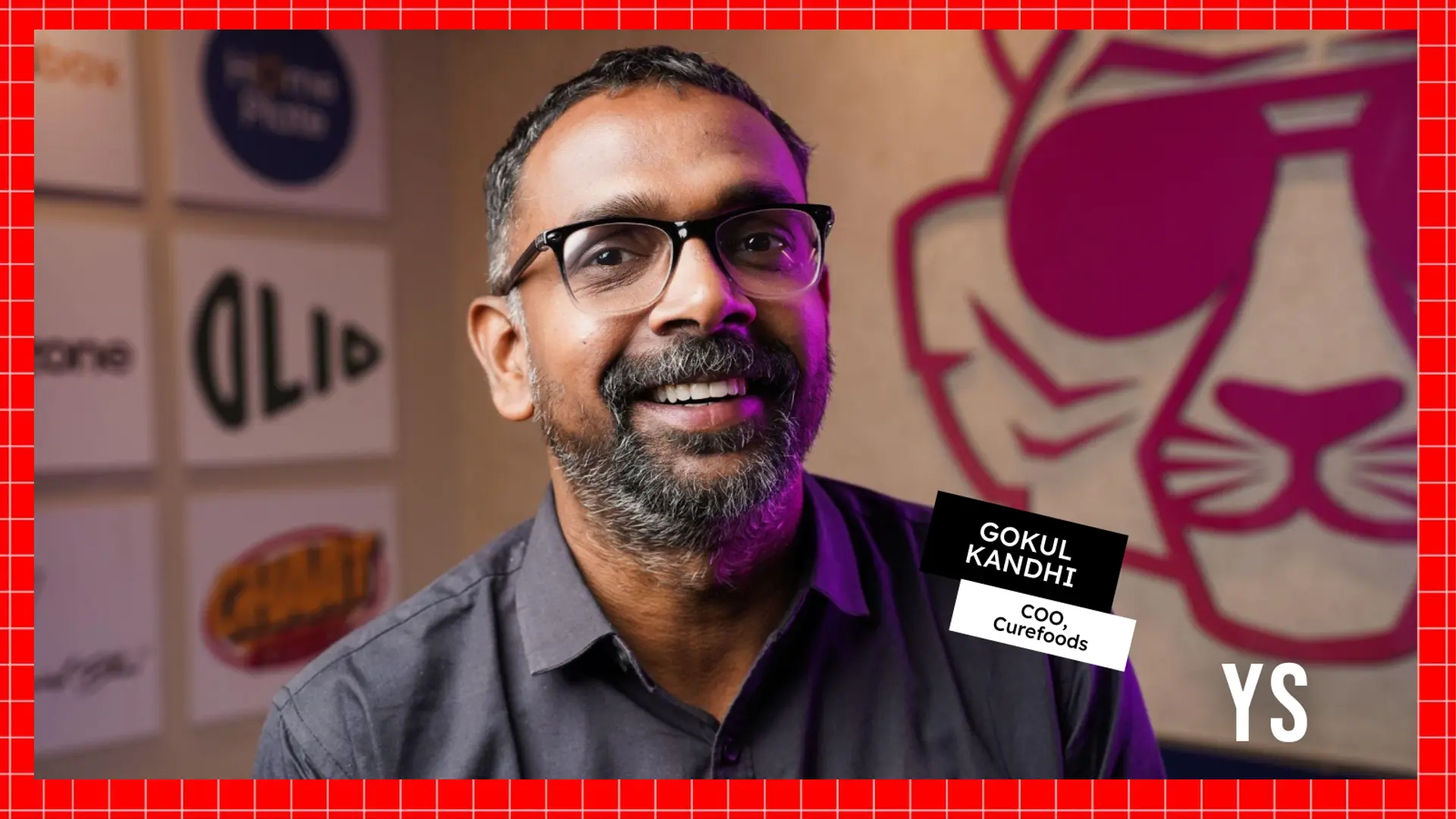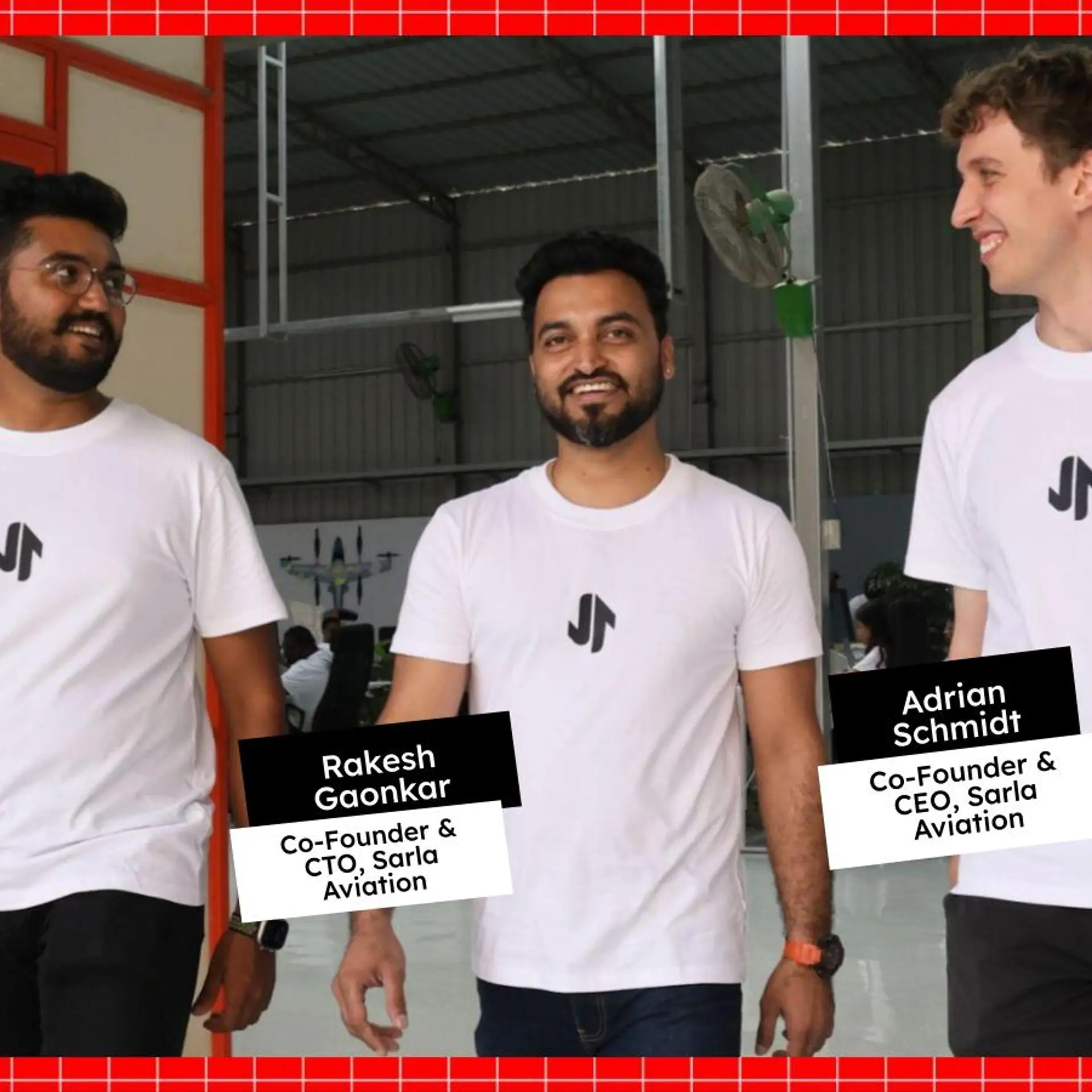After US and China will India be the next bike-sharing hub of 2018?
The year 2017 saw an increase in the number of big and small players venturing into the bicycle sharing space. While India is no Netherlands, Germany, or China, the question is will there be any winners in this market.
A few weeks ago, Ola announced the launch of Ola Pedal, its cycle sharing option, currently in the pilot stage at the IIT Kanpur campus. Last month, Zoomcar launched PEDL, its cycle sharing vertical in Bengaluru’s HSR Layout, and the company is looking to expand this across the city, and the country.
Amit Gupta, Co-Founder of InMobi, last month launched Yulu, a bike sharing platform. Mobycy also launched a dockless bike sharing platform and raised a $500,000 seed funding. A few weeks ago, Wheelstreet also launched its dockless bike sharing platform.
In short, bike-sharing seems to be the new ‘in’ thing in India as dockless bikes, smart bikes, and cycle sharing have started seeing traction. A ‘Dockless’ commute refers to providing transportation from Point A to Point B without human intervention. It gives people the option of picking up a vehicle within 100 metres of a bus, metro, or train station, or at a given location. One can look at picking up a bike similar to how you would book a car ride on Ola or Uber.
India the next billion
Reports suggest that after conquering China, Europe, and the US, Chinese bike sharing unicorn OFO is set to launch operations in India.
Apart from this, in September 2016, Chartered Speed, an Ahmedabad-based transport company, is believed to have entered into a partnership with Nextbike, a Germany-based bike-sharing startup, and is set to launch a digital bicycle sharing platform across 100 cities.
In cases like Ola and Zoomcar, bicycles are GPS-enabled and integrated with the app. “It enables customers to plan their route better, and target selected pickup and drop locations,” says a customer.
The dragon’s staggering scale
Akash Gupta, Founder and CEO, Mobycy, believes there is a billion-dollar opportunity for the bike-sharing market in India. He says,
“Different players who ventured into a similar space in other countries are today valued $2 billion to $3 billion each. The scope is immense in India given the contemporary problems of high pollution, traffic congestion, increasing preference for cycling for recreation or fitness.”
While India is clearly attracting several bike-sharing platforms, the big question is whether it has a market, like Europe or China. According to a report in The Guardian, a Hangzhou-based bike sharing company is said to have over 40 cycles rented out every couple of seconds. A report in the Recode states China had more bike-sharing rides in the first quarter of 2017 than the number of on-demand trips India had in the same period.
The scale of China’s bike sharing is staggeringly high. Mobike is said to have had touched over 18 cities in the country in less than a year, with more than a million new bikes.
Earlier this year, OFO entered the US with 1,000 bicycles in Seattle. New York’s Citi Bike, with 10,000 bikes and 236,000 subscribers, is the largest players in the US. Beijing has 700,000 shared bikes, and 11 million registered users, nearly half the capital’s population.
OFO, which is backed by Alibaba, and Mobike, backed by TenCent, both Beijing-based, are the biggest players in bike rental in China. Both have raised more than a billion dollars in funding and OFO was the first unicorn in the sector with over three million daily users across 34 cities.
In comparison, Indian startups in this space are yet to attract any major funding.

The unique market that’s India
Interestingly, in India, cycling isn’t new as a mode of transportation. From children riding bicycles to schools, to the local milkman, cycles are widely used.
However, with the push towards motorisation, the number of bicycles on the road have dropped significantly. Now, with the launch of smart bikes or bike-sharing, commuters will have an alternative mode for last mile commute, which would also control pollution.
Greg Moran, Co-founder and CEO Zoomcar, says,
“We believe the ratio of population to motorised vehicles in most urban cities has reached unsustainable levels resulting in clogged roads, bad air quality, and reduced productivity. Cycles are the need of the hour to ensure cities can continue to grow without choking on infrastructure bottlenecks. We see cycles replacing most short distance motorised transport in the medium to long term.”
According to media reports, the bicycle market in India is worth $1.2 billion, and production currently stands at 15 million units. To date, bicycles remain the most important mode of transport in rural India. Sanjay Nath, Managing Partner, Blume Ventures, believes India is a unique market where there is no "one size fits all" solution when it comes to transportation.
“My guesstimate is that there are around 10 million bicycles sold every year in India, mainly for personal use. And now, with the entry of "shared bicycle" startups and larger entrants alike, this will create a large network of bikes to push the country's much-needed agenda for infrastructure, leading to sizeable market creation,” he says.
However, the concept is relatively new in India and naturally, there are doubts about how it will work. Jaspal Singh, Partner at Valoriser Transport Consultants, believes it will be a good concept.
Though, he adds that due to the challenges in terms of building the business, players won’t go for city-wide expansion, but identify certain areas and have some control in the trial - like Ola Pedal is doing at the IIT Kanpur campus.
"In metro cities, they (bike-sharing companies) would target transit points like bus stations and metro stations so they can create a facility – they are thinking to earmark some area where you can leave the bike. They also need to test the market, learn from experience. The government will need to support them, especially transport and transit agencies," Jaspal says.
Greg believes that cycle sharing in India will chart a unique path as compared with the rest of the world. Like with car sharing and ride sharing before it, India has created a new paradigm that’s highly customised for local conditions. Both mobility models are currently thriving in the Subcontinent.

Infrastructural challenge and government aid
India lacks basic road and footpath infrastructure, which is a given in Europe, the US, or even China. This is where cycle sharing faces its first challenge, as also opportunity.
Firstly, it impedes the hyper-scale witnessed in other markets. This is like a chicken-and-egg story – why would there be demand if there was no infrastructure? “Even in China, there was no dedicated lane at first, but with more demand came the infrastructure,” says Jaspal.
The debate has started in India already, and local governments are keen to help. There is increased focus on physical infrastructure and for this, corporations will need to help with cycle lanes and provide designated parking spaces.
In a bid to promote cycle sharing and cycling as a mode of transportation, cities like Mysuru, Bhopal, and Thane have already earmarked areas for government initiatives.
Moreover, the frantic urban pace, coupled with haphazard last mile connectivity, creates a unique opportunity for Indian cycle sharing, as a cycle often provides a nimble option to bypass heavy traffic, and save commute time. Coupled with the fact that cycles are incredibly cheap in India relative to other markets, there is a compelling value proposition.
“To reach a massive scale in a short time frame, you need to have that atmosphere where the public sector is also supporting,” says Greg.
Although the Chinese government puts a premium on controlling its citizens, it has displayed a remarkably light touch with this booming new business. In guidelines issued last month, the State Council welcomed shared bikes as part of “the green urban transport system,” while urging local governments “to ensure rational allocation of bicycles and avoid excess supply in some areas.”
On the other hand, the Indian government has vowed to aggressively expand infrastructure over the next two to three years, so this difference may soon fade away. In fact, Chennai has already issued a tender to invite players to introduce such a system. “They may not be the ideal leaders (like in Thane), but private players will also need some tie up with the government to bring in more credibility. Ideally, local governments should hire a private player like in Chennai,” says Jaspal.

China is still struggling
In China, bicycle renting still faces issues like having the right dock points, and the cost of retrieving, which does not allow positive economics. In OFO’s model, the user need not worry about finding a docking station, but instead can pick and dispose of the bicycle at any place and time of their choosing. The company charges 1 yuan per for the service.
While OFO and Mobike are the top players in China, in November, Bluegogo, China’s third largest bike-sharing startup, which had raised 600 million yuan, went bankrupt and pictures of China’s Bicycle Graveyard have been doing the rounds since.
Many have begun to question if there really is a market? To this, Sanjay says,
“One data point we've gleaned is that China took approximately two years to get into 100 cities due to their existing infrastructure and access to capital (that giants like OFO and Mobike have benefited from). It’s possible that India will take three to five years to achieve a sizeable scale. Again, infrastructure changes in India will be a significant factor enabling this.”
He adds that Chinese companies have expanded into many countries, but due to each country's nuances, have not been able to make it big, as yet, outside of their home market. “One thing I've seen about the Chinese approach (from founders and investors alike) is their linear focus. They like to "crack one market deeply" before expanding outside,” adds Sanjay.
Also, these companies faced a lot of sabotage in China as users often left bicycles without earmarking a specific location. So, companies had to use big data to understand customers, and even blacklist some, sending legal notices or filing cases.

It takes years to build responsible behaviour. “We need some innovative ways to minimise the sabotage – they don’t want to make it a close environment too because then people/customers will be sceptical,” says Jaspal.
Companies need to have some control over the system, but over a period, will need to make it an open market. "Ultimately, you have to give more freedom to people to move intracity – a semi-closed environment with some restrictions is ideal,” he adds.
“While it is an imperfect science to precisely predict timelines for shift in consumer behaviour, operating in HSR (in Bengaluru) for the last six months has given us a fair idea. PEDL has seen increasing adoption by a wide demographic resulting in exponential MoM increase in bookings, ride duration, as well as use cases serviced. We have been increasing the number of cycles in HSR to meet the higher demand,” says Greg.
These startups believe consumers have already warmed up to the idea of bicycling, owing to multiple celebrity endorsements, like by Milind Soman and Gul Panag, and growing demand for fitter alternatives to sedentary lifestyles.
“By introducing dockless bicycles, we are making it convenient and easy for consumers to complete their rides, instead of being limited to the availability of a docking station. In addition to being a fitter alternative, these bike rides are really cost-effective, which would definitely boost adoption. I’d ideally wait for one to three years for the consumer behaviour to shift," says Akash.
Will they make money?
Jaspal believes the inventory model will work better in bicycle renting. Bikes need to be owned - a special type of bike with tech for GPS which is easy to use and can enable a scan code. Ola has already started shifting from aggregator to ownership model to get more cab drivers. "They have deep pockets, so they can invest in assets, and lease out cars to drivers,” says Jaspal.
Consumer behaviour, in terms of number of trips in a day, is not clear either. Startups are trying to understand consumer behaviour, and Ola believes the first and last mile can be covered, hence the transit points. In city centres, one might use a bicycle multiple times, whereas office goers will use it only twice a day.
Sanjay adds bike sharing companies are expected to make money through subscription fees towards usage, advertising on bicycles, and monetisation of usage data.
“From what we've heard, prices to be charged could vary from, say, Rs 10 for 30 minutes, which translates to less than Rs 2 per km to the end consumer. Just how Uber and Ola did, they are likely to establish city level operations teams to rebalance and execute regular maintenance of the bicycles,” says Sanjay.
Mobycy says it has started operations with 5,000 bicycles, and would like to increase the number to 50,000 in the next six months, and expand to 12 cities by partnering with up to 100 colleges and universities. Zoomcar has started with an offer price of Rs 1 for 30 minutes.

Eventually, competitive market forces will determine the equilibrium price.
Mobycy, on the other hand, has a revenue model based on per ride, partnerships, and advertising. In terms of rides, the company makes dock-less bicycling cheap, at about Re 1 per hour ride, or less.
Under the monthly plan, users pay Rs 99 for two hourly rides per day. Users have to sign up using their Aadhaar identification, and pay a security deposit of Rs 999, which is refundable. For students, the security deposit is Rs 499, and they can sign up with a college photo identification.
Jaspal says there is strictly space for only two players in this market, as a customer base is still being created. Sanjay adds,
“It’s early days to draw immediate parallels between India and China. China has much better law enforcement, top-down push, infrastructure. India, on the other, has a real need for this kind of transportation due to space constraints on the road and also pricing sensitivity. The "local" nuances result in added complexities, and thus interestingly, local players may have an added advantage, especially towards on-ground execution.”







